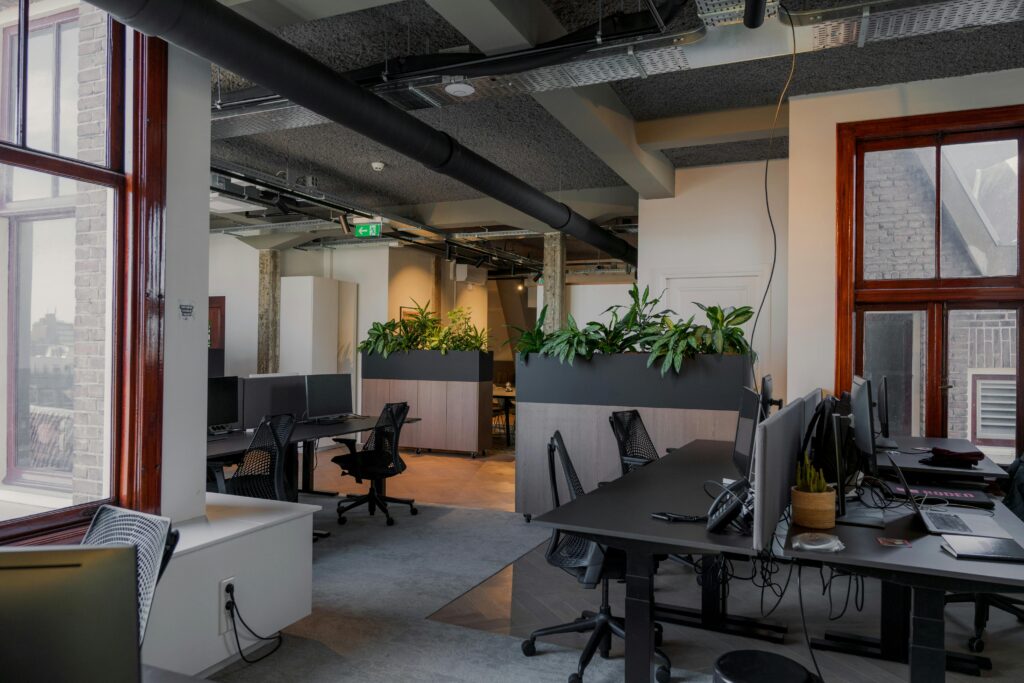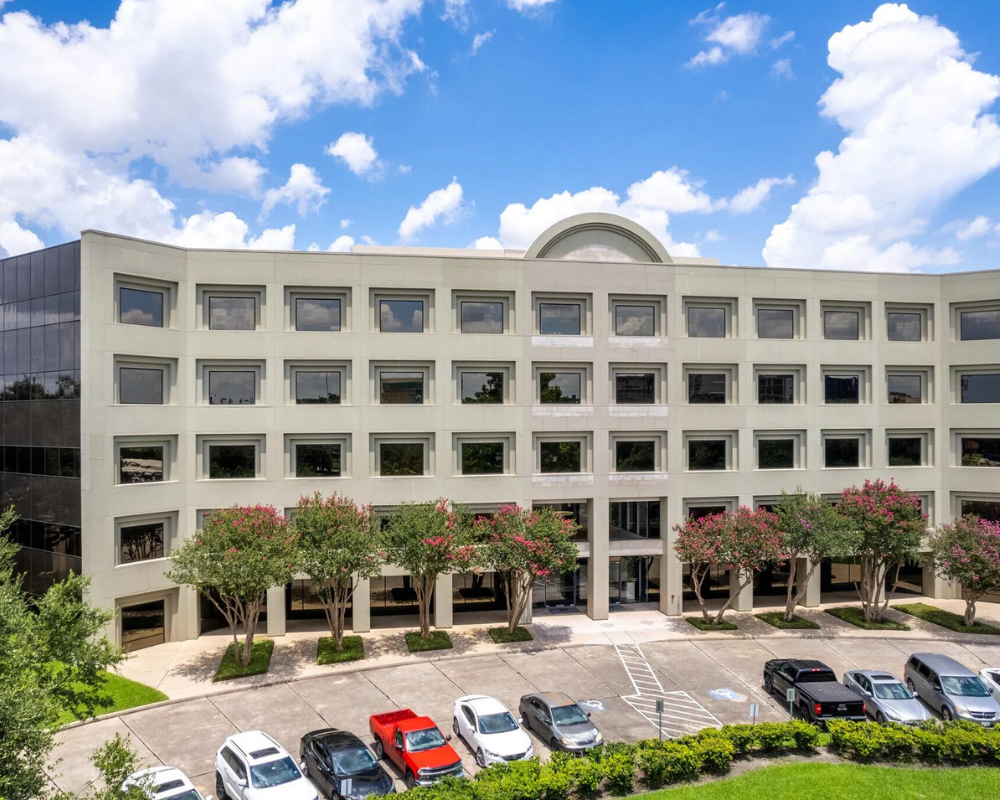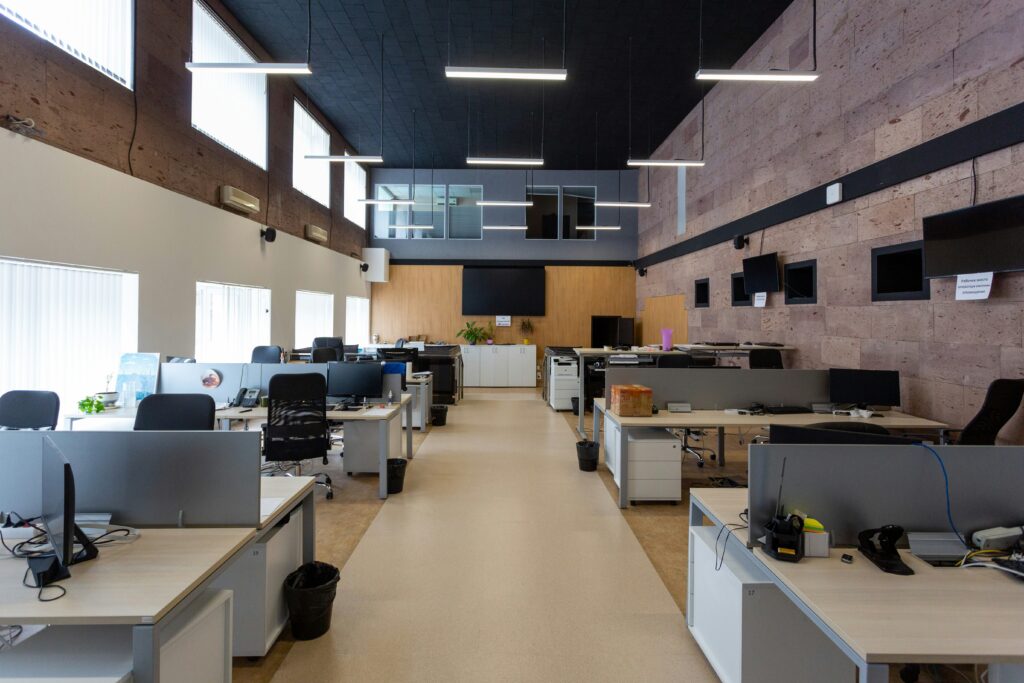5 Common Mistakes to Avoid When Leasing Office Space in Houston
In one of the nation’s fastest-growing business hubs, leasing office space in Houston can be a smart move for expanding companies. However, navigating the commercial real estate landscape without the right information can lead to costly mistakes. Here we will cover five common mistakes when leasing office space and offer useful Houston commercial real estate tips to help you make a more strategic decision for your business. 1. Not Factoring in Commute and Location Accessibility when Leasing Office Space Mistake: Leasing office space location without considering employee commute times, client access, and public transportation options. Tip: Houston’s traffic can be unpredictable, so location matters more than you might think. Prioritize office spaces near major highways or public transit routes that are convenient for both your team and your clients. Poll your current employees to identify a centralized location that works for the majority. Depending on your business, a suburban office may actually be more practical than a downtown one. And don’t forget your customers — if they visit your office, accessibility and ease of parking should be top considerations. Houston is part of a larger, thriving Texas office market that continues to show strength and adaptability. For a broader look at why Texas remains a resilient and attractive place for businesses, check out this insight from our CEO, Al Hartman: Texas Office Market: Resilient, Diverse, and Poised for Growth. 2. Ignoring Hidden Costs in the Lease Mistake: Focusing only on base rent and overlooking common area maintenance (CAM) fees, utilities, insurance, and escalation clauses. Tip: Always request a full breakdown of all potential costs associated with the lease and clarify what’s included versus what’s considered additional. Depending on the lease structure—such as a triple net (NNN) lease—you may be responsible for extra expenses beyond base rent. These commonly include property taxes, insurance, maintenance, utilities, and janitorial services. These costs can fluctuate year to year, depending on service rates and market conditions. Understanding the total financial commitment upfront will help you avoid surprises and budget more accurately. 3. Overestimating Your Space Needs Mistake: Leasing more space than you actually need “just in case.” Tip: Take time to evaluate both your current team size and projected staffing plans for the near future. Leasing too much space can strain your budget, while leasing too little can limit your growth. To strike the right balance, assess how your business will operate day-to-day — including whether you’ll have remote or hybrid employees, shared desks, or private offices. Need help estimating your office space needs? Use our space planning tool to calculate the right amount of square footage for your business: How Much Office Space Do You Need? 4. Failing to Negotiate Lease Terms Mistake: Some tenants assume lease terms are set in stone and accept agreements “as-is” without asking questions or exploring alternatives. Tip: Don’t hesitate to have a conversation about your specific needs. Many lease terms — such as improvement allowances, rent abatement periods, and lease duration — can be tailored to better support your business. As your landlord, our goal is to create a lease structure that works for both parties and supports long-term success. We’re here to work with you, not against you. By understanding your goals and staying informed on current Houston commercial real estate trends, we can help structure a lease that meets your needs today and into the future. 5. Delaying the Search Until the Last Minute Mistake: Waiting too long to start looking for office space can lead to rushed decisions, limited options, and missed opportunities. Tip: Begin your search at least 6–12 months before your ideal move-in date — especially in a competitive market like Houston. This gives you time to explore the best properties, negotiate favorable terms, and plan for any build-out or customization needs. As a landlord, we’re here to help guide you through the process, answer questions early, and ensure the space you choose is a strong fit for your business now and in the future. Avoiding these five lease office space mistakes can save you time, money, and stress. Whether you’re launching a new business or relocating within Houston, following smart commercial real estate tips will ensure your lease aligns with your goals — not just today, but in the years ahead. Looking for the right office space in Houston? Our team at Hartman is here to help you find a space that fits your business needs and supports your long-term success. Connect with us today to speak with a local expert and explore available options.
5 Common Mistakes to Avoid When Leasing Office Space in Houston Read More »










